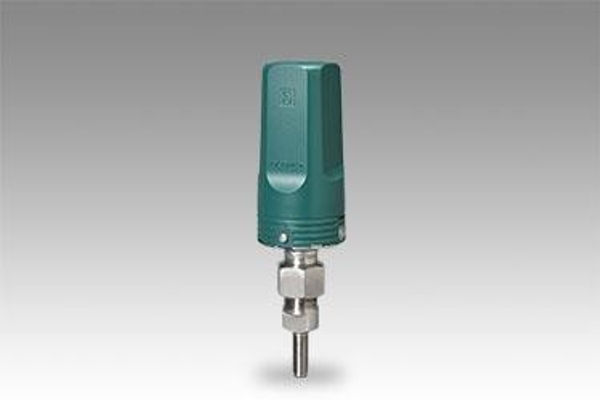Yokogawa Electric Corporation has revealed that the OpreX Asset Management and Integrity family of products now includes a new wireless steam trap monitoring device in the Sushi Sensor portfolio.
This new wireless steam trap monitoring device is accessible in Malaysia, Singapore, Thailand, and Saudi Arabia as of right now and complies with the ATEX directive.
Subsequently, it will be made available in the US, Europe, and India, adhering to IECEx, FM, and other compliances for explosion-protected standards.
A wireless industrial Internet of Things solution, the Sushi Sensor has good resilience to the elements and a large coverage area. Since its 2008 inception, Sushi Sensor has been employed in over 30,000 enterprises across a variety of industries.
Development Background
To facilitate effective heat transfer and remove condensate, steam traps are mounted on steam distribution pipes, heat exchangers, humidifiers, sterilizers, tracers, and other equipment.
The amount of money lost each year due to steam trap failures can range from tens of thousands to millions of US dollars, depending on the size of the particular facility. Currently, wherever steam traps are put, workers are usually in charge of keeping an eye on and checking them.
Although building an automated monitoring system is a good approach to lessen the burden associated with inspections, the expense of doing so has proven prohibitive.
In addition, a variety of connected equipment needs to be monitored, as well as the condition of the steam traps. Yokogawa and Armstrong International Inc., a thermal utility engineering business, collaborated to create this steam trap monitoring device in answer to these needs.
The following features are utilized by this device to facilitate wireless steam trap monitoring device.
It can greatly save energy loss by making it easier to identify steam trap malfunctions in a timely manner.
This wireless steam trap monitoring device of Sushi Sensor allows the monitoring of a variety of equipment when used in conjunction with the other wireless vibration, temperature, and pressure sensors in the Sushi Sensor lineup.
1. Automatic detection of steam trap status
To determine the condition of the steam traps, this wireless steam trap monitoring device makes use of an excellent temperature sensor and an acoustic sensor.
Environments with a maximum steam temperature of 440°C can use it.
2. Lower wireless network construction costs
This device can communicate at up to 1 km distances thanks to the use of long-range wireless LoRaWAN® communication, which makes it possible to monitor equipment over a large region.
Because these monitoring devices may be connected to a single gateway and placed easily wherever steam traps are situated, the cost of building a network can be reduced.
3. Better consistency in inspection quality and less time spent on on-site inspections
Steam traps and other equipment installed throughout a plant can be centrally monitored with the use of Yokogawa’s on-premise GA10 data logging software (separate purchase required) or other comparable cloud-based software.
This would not only reduce the frequency of on-site inspections but also increase consistency in the quality of inspections.
Hiroshi Tanoguchi, a Yokogawa Electric Vice President and Executive Officer, and head of the Yokogawa Products Headquarters, said, “With this release, we have enriched the Sushi Sensor family of solutions and made it possible to construct networks efficiently and at a lower cost. In the future, we intend to provide this as an energy monitoring solution. Based on steam trap status, this will enable the calculation of projected energy losses in monetary terms and facilitate the creation of maintenance plans, with the priority on high- risk equipment. Through the provision of such highly convenient solutions, Yokogawa is helping its customers reduce their emissions of greenhouse gases and hit their ESG management targets.”
Major Target Markets
Food and drink, pharmaceuticals, materials (textiles, paper pulp, rubber, etc.), energy and resources (oil, chemicals, natural gas, power plants, renewable energy, etc.).
Applications
Steam trap status monitoring in steam piping equipment
For Further Info on OpreX Asset Management and Integrity: CLICK HERE






